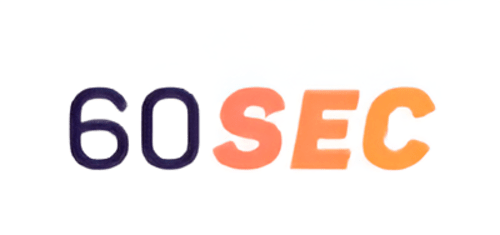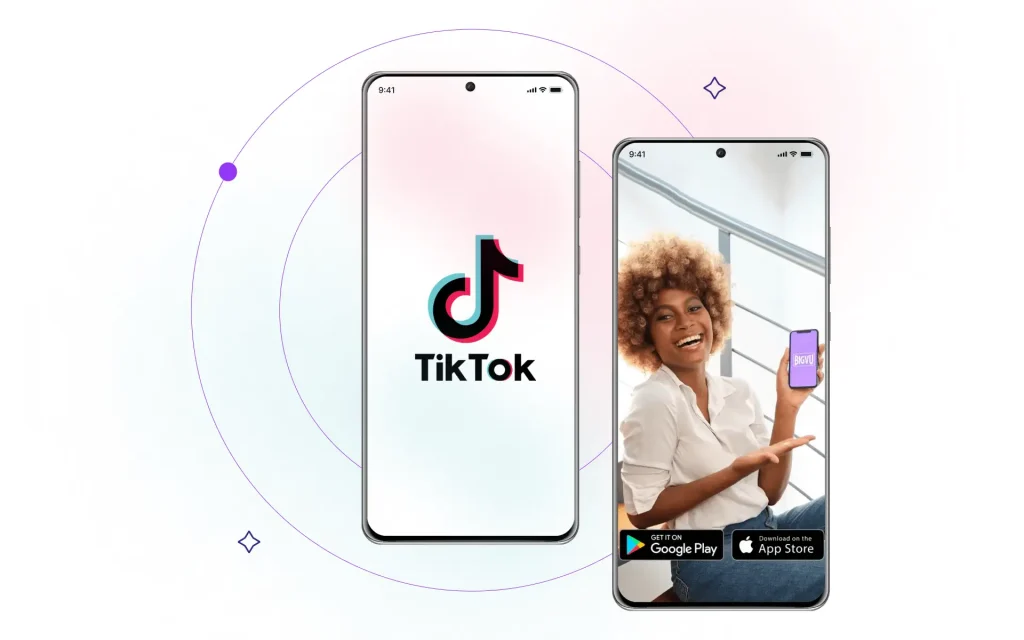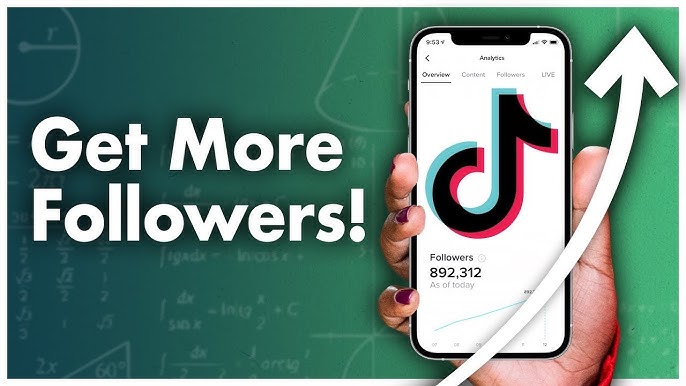The Rise of Nano-Influencers: Why Small Audiences Matter in Marketing

The emergence of nano-influencers is a new trend in the significant field of social media marketing, which has been dominated by influencers with countless followers. Although these people fail to possess the large fan bases of famous people or macro-influencers, marketers have discovered that their positive impact on specific audiences and their rate of engagement are precious. This article explores the growing trend of nano-influencers and explains why marketing strategies should take into account the size of their audiences.
Defining Nano-Influencers
The individuals that are referred to as nano-influencers on social media platforms such as Twitter, Instagram, TikTok, or Facebook typically consist of 1,000–10,000 followers. Compared with famous people or macro-influencers, nano-influencers tend to be regular people who have built up an enthusiastic following in their own specialty or geographically. They could involve anything from physical fitness, travel, cuisine, fashion, and beauty to more particular passions like crochet or playing games.
Authenticity and Trust
The increasing recognition of nano-influencers in marketing can be attributed, in some way, to their followers’ high degree of trust and genuineness. Nano-influencers usually have more selective connections than larger influencers, who might represent many different kinds of commercials and goods. Their testimonials gain validity from this preference since their followers feel they are sincerely promoting goods or services they themselves personally use or suggest. Additionally, nano-influencers commonly communicate personally with their followers, fostering an environment of connection and personalized interaction. The suggestions they offer are more persuasive than those of influencers with more expansive worldwide followings because of the level of participation, which develops a sense of trust and authenticity.
Hyper-Targeted Audiences
The potential of nano-influencers to form relationships with highly specific communities is an additional advantage. Nano-influencers frequently target simplified groups with particular interests or lifestyles, but macro-influencers may have followers from an extensive variety of demographics and interests. This is a chance for brands to build relationships with consumers who actually have an interest in their goods or services, which will increase their conversion rates and return on investment (ROI). For instance, instead of working with a macro-influencer who has a wide global following, a local boutique clothing company would have a greater chance of succeeding by collaborating with a nano-influencer who has an enthusiastic following of fashion among those who are fans within their city or town. Nano-influencer audiences’ hyper-targeted feature enables marketers to efficiently and waste-freely engage their preferred clients.
Cost-Effectiveness
Campaigns using macro-influencers or celebrities that request hefty payments for promotional material can make influencer marketing prohibitively costly. On the other hand, nano-influencers usually demand much less for brand partnerships, which makes them an appealing alternative for companies with tight budgets for advertising. Additionally, as a consideration for promotion, nano-influencers might be inclined to respond to non-traditional kinds of payment, such as free goods or experiences. Because of this adaptable nature, brands are able to come up with agreements that benefit both parties and add value without going over budget.
Leveraging Micro-Communities
Online communities have a big influence on how consumers behave and what they want in today’s digital world. These micro-communities commonly concentrate on nano-influencers, who function as voices of opinion and intermediaries among their fellow members. Brands may benefit from already-existent communities by collaborating with nano-influencers, thereby offering them accessibility to an already-assembled community of enthusiastic followers. On top of that, nano-influencers have the ability to encourage discussions and spread word-of-mouth advertising for a company or commodity. Throughout the same group of people, suggestions from them are far more probable to end up being shared with friends and family, enhancing the marketing message’s influence and appeal.
Building Long-Term Relationships
Building mutually beneficial connections is possible when working with nano-influencers, as compared to single agreements with larger influencers. Since nano-influencers frequently appear inclined to be approachable and human beings, marketers can build honest connections with them that can ultimately encourage endorsement and commitment. Companies can gain consistent exposure to the nano-influencer’s audience by establishing long-term collaborations, which may boost their brand recognition and loyalty. Further, as the influencer’s compliance grows, companies that have faithfully accepted them from an early age will probably think positively about their growing audience.
Diversification of Content
Nano-influencers generally have a different personality and aesthetic that truly connects with the people who follow them. Especially as compared to the smoothed-out, carefully chosen posts from more expansive influencers, their own content tends to be more genuine and varied. Since followers are related to the influencer and the content they have in common on a true level, authenticity raises engagement levels. In addition, nano-influencers have become adept at producing relatable, user-generated content that includes marketing messaging in an effortless way. By doing organic and spontaneous integration of products or services into their daily lives, they can successfully communicate the advantages and value proposition to their target audience.
Agility and Adaptability
Social media is a rapidly changing setting where trends change quickly. Compared to their considerably larger counterparts, nano-influencers are usually more versatile and adaptive, which allows them to rapidly alter their path and profit from new trends or cultural events. As a result of their ability to adapt, companies have the ability to remain competitive and up-to-date in their marketing campaigns. Furthermore, in accordance with the preferences of their audience, nano-influencers tend to be more prone to experiment with different channels as well as content formats, such as TikTok challenges and Instagram reels. The way they are open to new ideas and experimentation guarantees that companies are able to communicate with customers through various kinds of media, increasing visibility and interaction.
Localized Influence
Nano-influencers are effective at localized influence, especially in specialized or regional sectors, but macro-influencers may have a wider worldwide impact. A significant regional following and a collaboration with nano-influencers can be extremely helpful for small businesses or marketers who are targeting a particular area’s audience. Local nano-influencers frequently have direct involvement with the areas of high activity, events, and fashion in their community. Through partnerships, companies can make use of their passionate skills to establish a more personal connection with customers and develop an environment of community and belonging.
Micro-Conversions and Customer Advocacy
Nano-influencers tend to be effective at resulting in micro-conversions like likes, comments, and shares, along with macro-conversions like sales or website visits. Although each of the above micro-actions may not appear like much, considered as a whole, they help build trustworthiness, social proof, and visibility for the brand. Also, nano-influencers play a crucial role in developing lasting connections with customers and marketing. Their genuine passion and authentic suggestions for a business may transform followers into committed customers who voluntarily spread the news about it throughout their personal connections through referrals from friends and colleagues and purchases again and again.
Measuring Impact and ROI
Companies can use different metrics for evaluating performance, even if it may prove difficult to measure the impact of influencer marketing, especially when working with nano-influencers who lack the use of advanced analytics tools. Engagement rates, sentiment analysis, brand mentions, and direct feedback from consumers are a few examples of these measurements. Combining qualitative indicators with quantitative measurements allows marketers to obtain a deeper comprehension of the performance of their nano-influencer collaborations. Furthermore, identifying particular objectives and goals beforehand will help establish more consistent assumptions and evaluate return on investment (ROI), whether the goal is lead generation, sales, or brand awareness.

Conclusion
The development of nano-influencers indicates a change in the direction of influencer marketing toward focused engagement, the creation of communities, and authenticity. Those individuals might not have the big followings of celebrities or macro-influencers, but they are still very important to companies because of the effect they have on niche communities and their capacity for encouraging sincere interactions. Nano-influencers provide a more genuine and approachable method of marketing a company in a digital world when consumers have grown more wary of traditional marketing. Through the strategic use of such tiny but committed audiences, brands can increase engagement, build trust, and eventually drive conversions. The impact of nano-influencers is only going to continue to get stronger in the coming years as marketers prioritize connection and authenticity in their campaigns.







